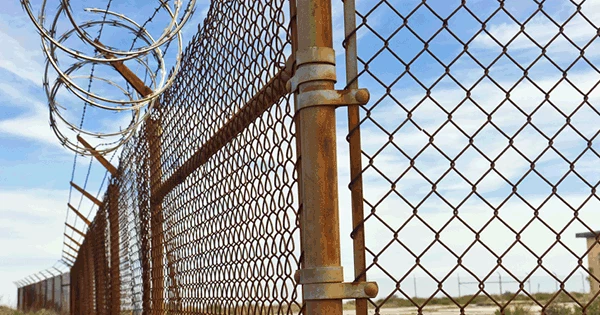A Simple Strategy to Make Life Harder for Hackers

Trustwave Research Reveals Cybersecurity Risks Threatening Patient Lives in Healthcare. Learn More
Get access to immediate incident response assistance.
Get access to immediate incident response assistance.
Trustwave Research Reveals Cybersecurity Risks Threatening Patient Lives in Healthcare. Learn More

In 2004, Bill Gates predicted that the death of the password was imminent. Yet, a decade later, passwords remain the primary means by which users authenticate themselves to computer systems - this despite a rampant number of password breaches that have opened users to the possibility of fraud.
Old habits die hard, apparently. Gates was spot on when he said that users do a poor job of protecting their password - and that human flaw is ever accentuated in today's era of mobility. As more corporate-owned resources are accessed by smartphones, tablets and other user-owned devices, data is at risk.
As such, organizations must turn to additional authentication solutions to strengthen their security posture, particularly in time when easy-to-crack passwords are still such a critical problem. Two-factor authentication is an easy and effective way to add an additional layer of security - and many companies understand that.
So why isn't everyone doing it? Well, there are a large number of organizations that are frustrated with their current hardware-based authentication solution, which can be cumbersome for administrators and users alike. But two-factor authentication doesn't have to be complicated, and it provides much better protection than simply using passwords.
Michael Osterman, principal analyst at Osterman Research, told me recently: "Two-factor authentication provides substantially greater protection than simply using usernames and passwords. A cloud-based, managed two-factor authentication capability can provide the additional protection that an organization requires without imposing more difficulties on end users or IT."
Here's what you need to know about two-factor authentication:
It's all about something you know and something you have:
Two-factor authentication uses a two-step process to authenticate a user. A user typically employs a username and password as one 'factor' of authentication and then they will use a unique code sent via text, for example, as the second factor.
It's not complicated:
Today, cloud-based, managed two-factor authentication can be quickly and easily deployed across an organization to help secure networks and applications, protect users, and address data protection compliance mandates.
Two-factor authentication offers an easy way to strengthen security outside and inside:
Historically the largest deployments of two-factor authentication have been on external VPN connections and on vendor and third-party portals. However, we are now beginning to see more organizations deploy two-factor authentication inside their organizations on specific target applications because it's an easy way to shore up protection on internal, high-priority applications.
John Randall is a senior product manager at Trustwave.
Trustwave is a globally recognized cybersecurity leader that reduces cyber risk and fortifies organizations against disruptive and damaging cyber threats. Our comprehensive offensive and defensive cybersecurity portfolio detects what others cannot, responds with greater speed and effectiveness, optimizes client investment, and improves security resilience. Learn more about us.
Copyright © 2025 Trustwave Holdings, Inc. All rights reserved.